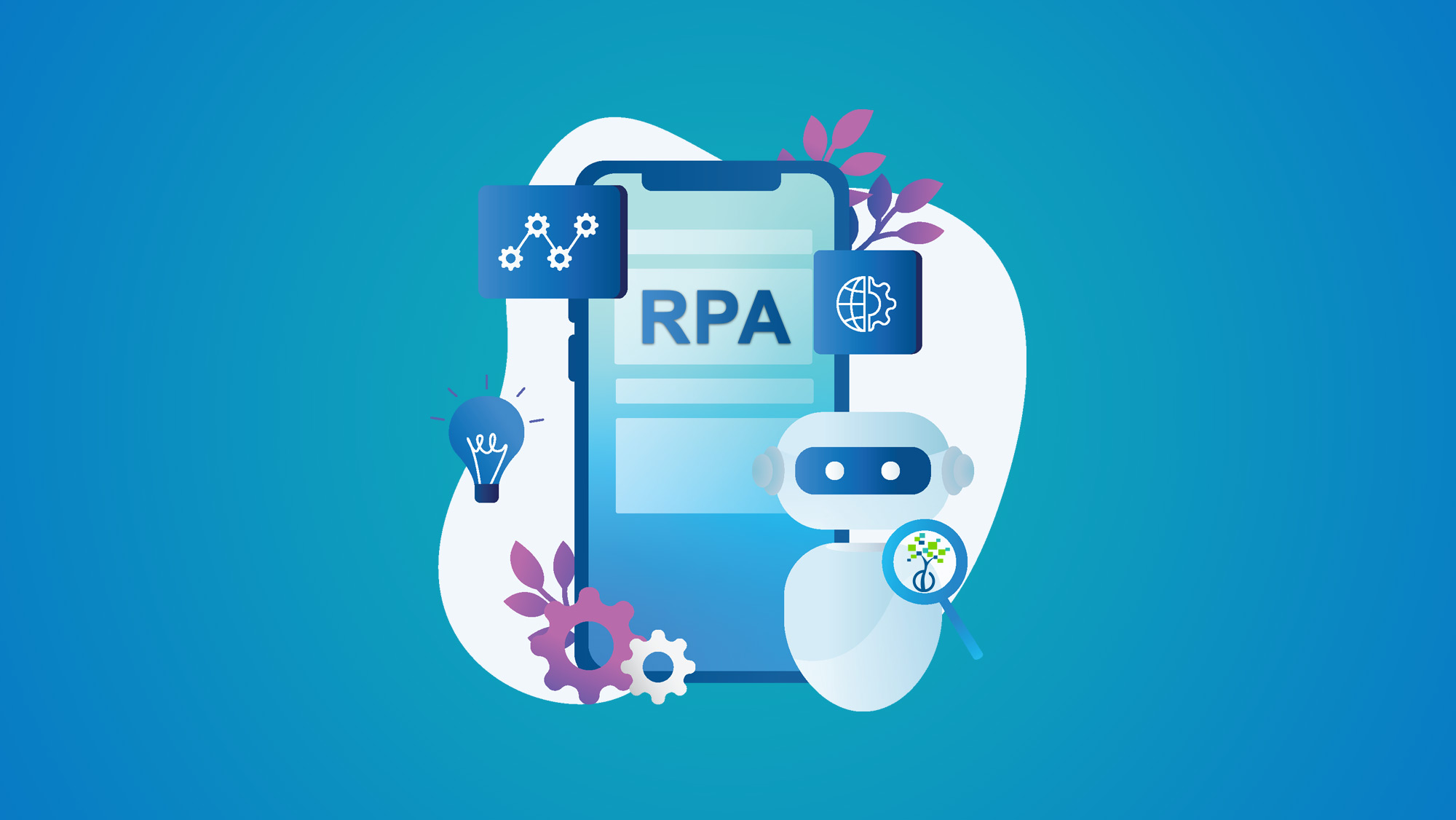Robotic Process Automation (RPA) has the potential to revolutionize the way businesses operate by automating repetitive and rule-based tasks. However, to maximize your RPA investment, it's important to follow best practices that will ensure successful implementation and ongoing optimization. In this blog, we'll explore some of the best practices for RPA that will help you achieve the maximum return on your investment.
- Define Clear Objectives: Before implementing RPA, it's important to define clear objectives and identify the processes that are best suited for automation. By identifying specific objectives, you can better measure the success of your RPA implementation and ensure that it aligns with your business goals.
- Involve Subject Matter Experts: To ensure successful implementation, it's important to involve subject matter experts in the design and development of the RPA solution. Subject matter experts can provide insights into the processes and tasks that are best suited for automation, and they can help identify potential roadblocks and challenges.
- Develop a Center of Excellence (CoE): A CoE is a team of experts who are responsible for overseeing the RPA implementation and ensuring that it aligns with business goals. A CoE can provide training and support to employees, develop best practices, and continuously optimize the RPA solution.
- Ensure Compliance: RPA involves the automation of sensitive business processes, so it's important to ensure that the RPA solution is compliant with data security and privacy regulations. Compliance should be a key consideration throughout the design and development process.
- Monitor and Optimize: Once the RPA solution is implemented, it's important to monitor its performance and continuously optimize it to ensure maximum efficiency. Regular monitoring can identify potential issues or areas for improvement, and optimization can help streamline processes and reduce errors.
- Educate Employees: To ensure successful adoption of the RPA solution, it's important to educate employees on the benefits of automation and provide training and support to help them adapt to the new technology. Employees should understand how the RPA solution works and how it will impact their job responsibilities.
In conclusion, by following best practices such as defining clear objectives, involving subject matter experts, developing a CoE, ensuring compliance, monitoring and optimizing, and educating employees, businesses can maximize their RPA investment and achieve their desired outcomes. RPA has the potential to revolutionize the way businesses operate, but it's important to approach implementation with careful consideration and a focus on best practices.

No Comments Yet
Let us know what you think